Note that though there are two circuits designed for online UPS, both circuits have the same block representation.

For designing the Online UPS, in one circuit the battery is connected to square wave inverter which has the following circuit diagram –
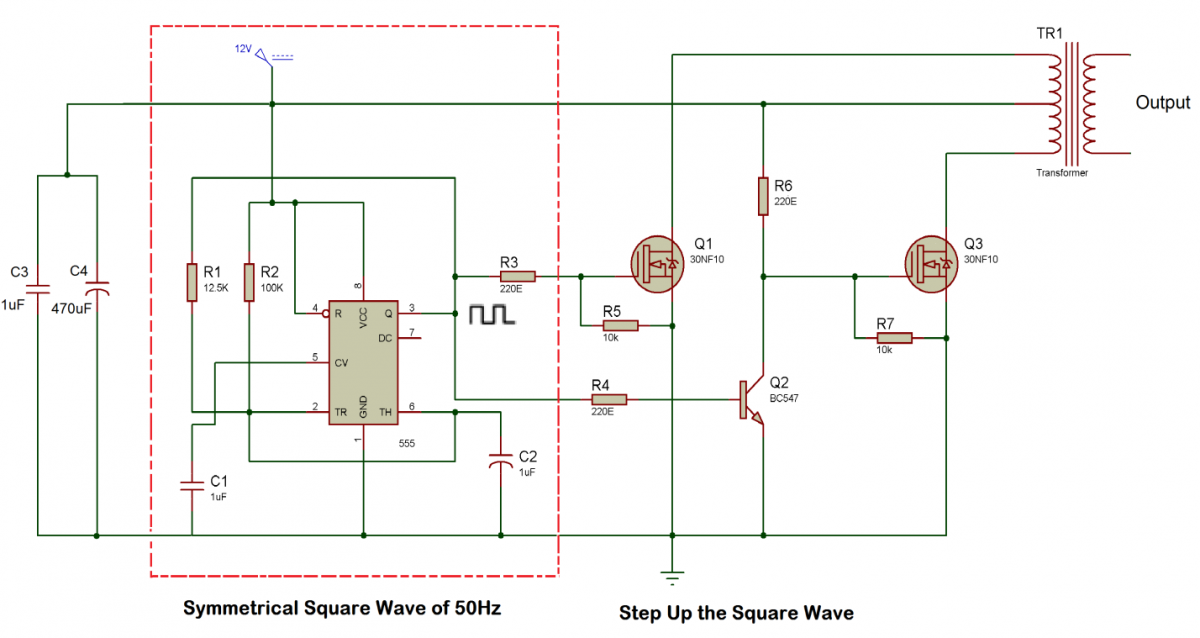
Fig. 3: Circuit Diagram of Half Bridge Square Wave Inverter
In another circuit, the battery is connected to the modified sine wave inverter which has the following circuit diagram –

Fig. 4: Circuit Diagram of Modified Sine Wave Inverter
Circuit Connections –
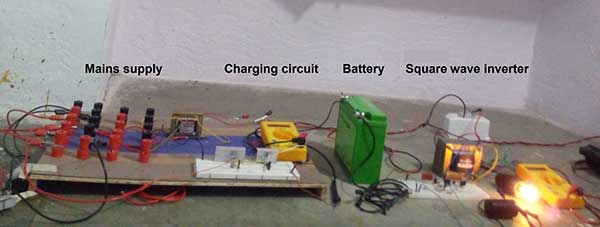
In the Modified Sine wave inverter based online UPS, simply the battery terminals of the battery connected to the lead acid battery charger circuit are also connected to the input of modified sine wave inverter. The load is connected at the output of the modified sine wave inverter. This completes the Online UPS using Modified Sine Wave Inverter.
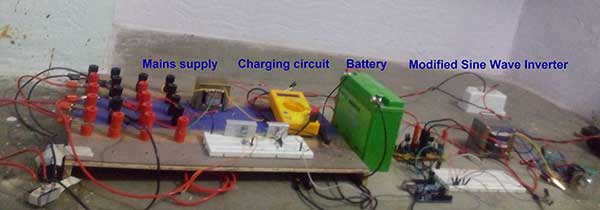
Fig. 6: Prototype of Online UPS Circuit using Modified Sine Wave Inverter and Lead Acid Battery Charger
How the circuit works –
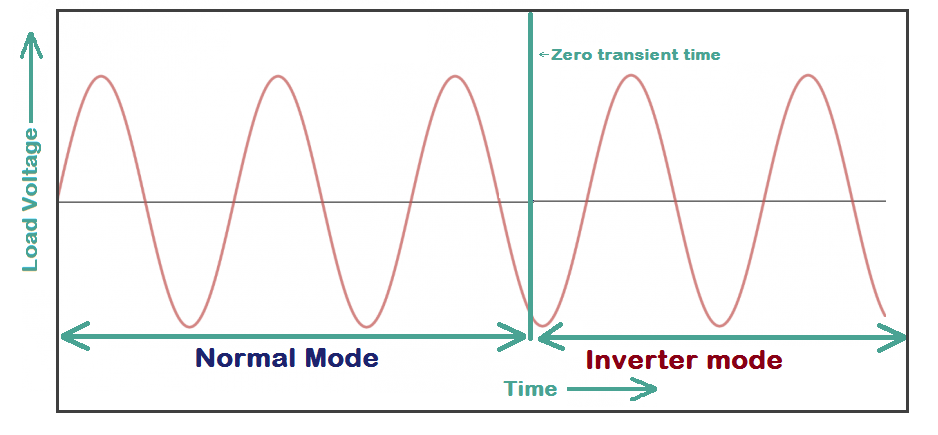
There are two circuits of the Online UPS designed in this tutorial –
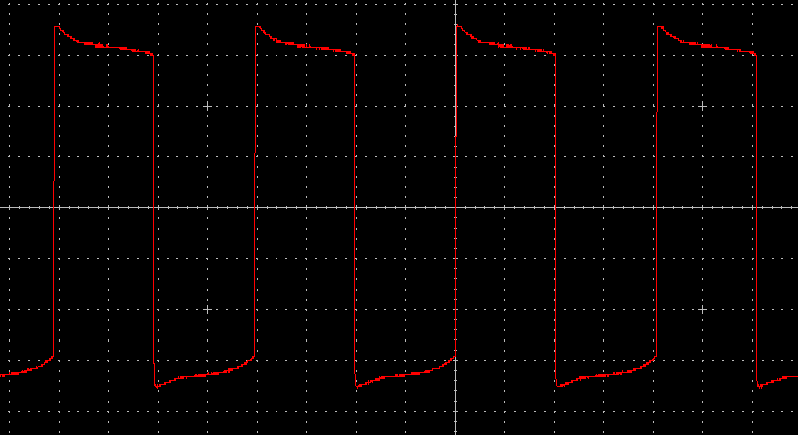
The efficiency of this UPS is 52 percent as calculated for the inverter.
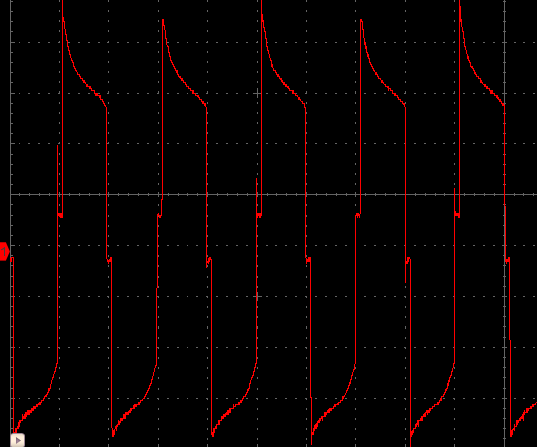
The efficiency of this UPS is 40 percent as calculated for the inverter. The online UPS has several advantages like it is a reliable power back up since the load gets continuous power without delay on power failure. There is zero transient time as no transfer switch is used in the design and there is no switching mechanism. These UPS have less noise and low distortion at the output. There is no brownout (drop in voltage in the mains supply) and so, there is no dropout problem. These UPS have better voltage regulation and as they generate a clean AC so they provide higher degree of protection to the load regardless of any fluctuation in the mains line. There is higher degree of isolation between the Mains AC and the load circuit. The appliance at the output is isolated from any fluctuation in the mains AC supply, this saves the load appliance from any damage. The output frequency remains constant as the inverter is used to supply power to the appliance all the time. So a constant duty cycle is generated at the output. These UPS provide a liberty to the input and output amplitude and frequency. So a high voltage signal can also be obtained.
You may also like:
Project Video
Filed Under: Tutorials
Filed Under: Tutorials

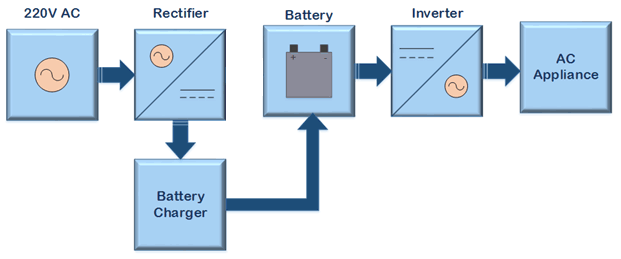
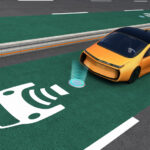

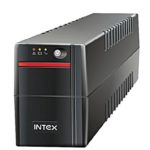
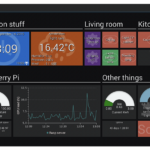
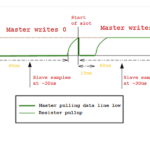
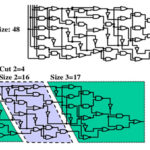

Questions related to this article?
👉Ask and discuss on EDAboard.com and Electro-Tech-Online.com forums.
Tell Us What You Think!!
You must be logged in to post a comment.